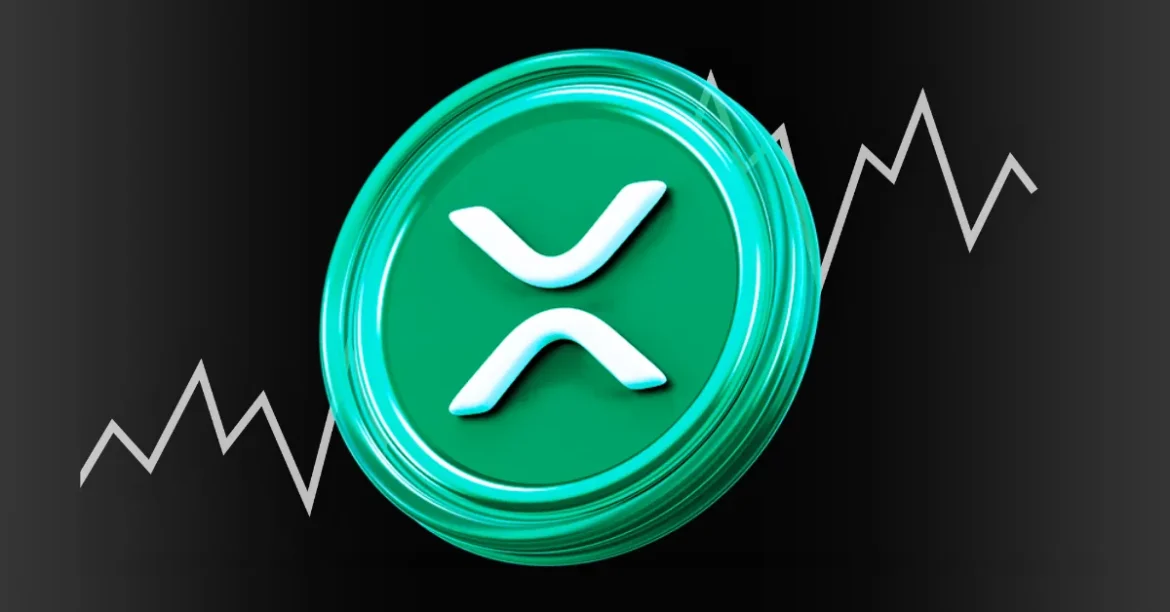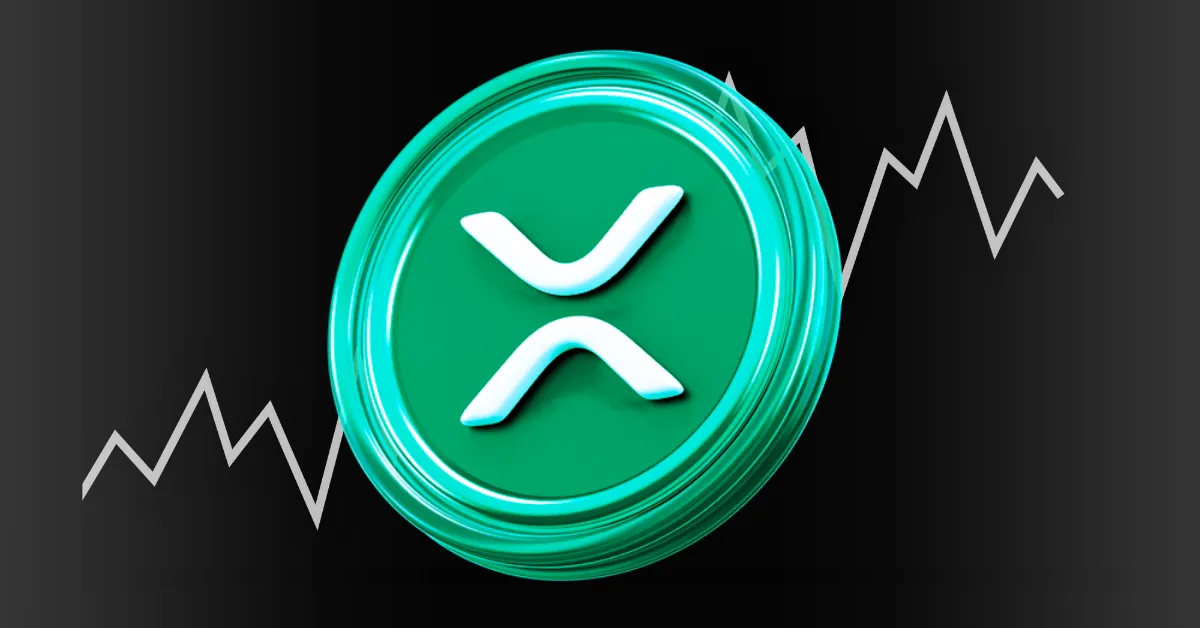The unfolding saga between Ripple, its CEO Brad Garlinghouse, U.S. Senator Cynthia Lummis, and the broader crypto community encapsulates a microcosm of the current tensions and regulatory uncertainties surrounding the digital asset space. The narrative of canceled meetings, pointed accusations, and diverging crypto factions reveals deeper issues about the intersection of politics, regulation, and innovation in cryptocurrencies.
Clashing Perspectives: Ripple’s XRP and Political Controversy
The centerpiece of the controversy is Ripple’s XRP token, which has faced both legal and public relations challenges. Will Cole, related to Senator Lummis as her son-in-law, publicly dismissed XRP and Ripple as a “centralized joke of a scam,” a severe indictment coming from political circles traditionally more focused on Bitcoin. This remark not only underscores the intra-family and ideological divisions between XRP proponents and Bitcoin maximalists but also reflects the skepticism XRP continues to face regarding its decentralized credentials.
Senator Cynthia Lummis herself, a champion of Bitcoin, has drawn scrutiny for abruptly canceling a scheduled meeting with Ripple’s CEO Brad Garlinghouse in Washington, D.C., and reportedly refusing to reschedule. This act of cancellation is not merely diplomatic but indicative of potentially deeper policy disagreements. Lummis chairs the Digital Assets Subcommittee and has been vocal in her stance favoring Bitcoin over other digital assets, particularly XRP, which has been embroiled in an SEC lawsuit that questions its classification as a security.
Garlinghouse’s public criticism of Lummis’s actions, including appeals for more inclusive crypto regulation that recognizes XRP’s potential alongside Bitcoin’s primacy, has heightened the drama. The cancellation signals a divide between Bitcoin-centric policymakers and those advocating for a broader, more nuanced digital asset ecosystem.
Ripple’s Legal Turmoil and Market Dynamics
Ripple’s ongoing legal battle with the U.S. Securities and Exchange Commission (SEC) has cast a long shadow over the project’s reputation and XRP’s market performance. While Ripple announced a potential settlement to bring closure to the $1.3 billion XRP suit, details remain fluid, and regulatory clarity remains elusive. The SEC’s own canceled private meeting with Ripple adds further complexity and uncertainty to the situation.
Despite setbacks, Ripple has seen positive developments such as CME’s launch of XRP futures and growing market speculation around an XRP ETF by late 2025. These financial instruments demonstrate institutional interest and a maturing market, yet the backdrop of regulatory challenges keeps investor confidence cautious.
Political Implications: The Bitcoin-Only Paradigm Versus Inclusive Crypto Regulation
Senator Lummis’s Bitcoin-exclusive viewpoint crystallizes a broader tension within U.S. regulatory policy on digital assets. Her leadership in the Senate’s Digital Assets Subcommittee and vocal opposition to classifying most tokens as securities (per the Howey Test) set a framework favoring Bitcoin’s recognized status. This approach, however, risks sidelining projects like Ripple’s XRP, which offer alternative use cases such as cross-border payments and banking infrastructure improvements.
Garlinghouse’s emphasis on balanced, inclusive crypto legislation is a call to acknowledge the diversity of blockchain innovations and the potential economic benefits of broad asset class recognition. His frustration with Lummis’s cancellation and unwillingness to engage reflects the struggle to find bipartisan consensus and regulatory clarity in the evolving crypto landscape.
Market and Community Reactions: Divisions and Developments
The crypto community’s responses encapsulate divergent philosophies: Bitcoin maximalists applaud Lummis’s stance, reinforcing Bitcoin’s position as “digital gold,” while Ripple supporters and advocates for other tokens decry what they see as undue marginalization.
Compounding the complexity, Ripple has issued warnings about an increasing wave of XRP-related scams, often amplified by AI deepfakes and other sophisticated techniques. This rise in fraudulent activity amidst XRP’s price surges indicates both the attractiveness and vulnerability of popular digital assets in the current market.
Media reports and social platforms have been rife with rumors, including speculative talks of Ripple’s engagement with former President Donald Trump and strategic debates about the inclusion of XRP in broader crypto portfolios or digital asset reserves. Such speculation fuels volatility but also highlights Ripple’s ambitions to cement its position despite regulatory hurdles.
Conclusion: Navigating the Crossroads of Crypto, Politics, and Regulation
The fractious relationship between Ripple’s leadership and Senator Lummis exemplifies the growing pains of integrating digital assets into mainstream financial and political frameworks. The cancellation of a key meeting, public accusations of scams, and contrasting regulatory philosophies illustrate the fragmentation within the crypto ecosystem and the political establishment.
For XRP and Ripple, the path forward depends on resolving legal uncertainties, broadening political alliances beyond Bitcoin maximalism, and educating policymakers on the varied utility of digital tokens. Meanwhile, investors and the crypto community must remain vigilant about scams exploiting hype and regulatory gaps.
As the U.S. crypto regulatory environment takes shape, the Ripple versus Lummis episode is unlikely to be an isolated incident but a bellwether for the complex negotiations ahead—where innovation, policy, and market realities must align to foster a sustainable and inclusive crypto future.





